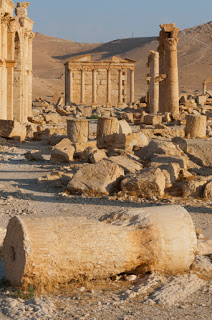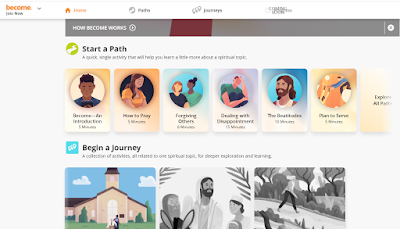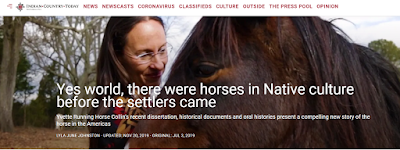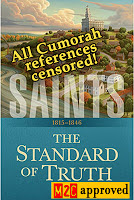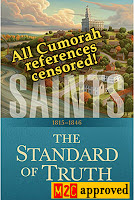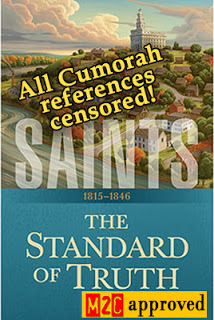Book of Mormon populations
Thirteen years ago, John A. Tvedtnes wrote a thoughtful article titled “Book of Mormon Population Statistics.” Here’s the link:
https://latterdaysaintmag.com/article-1-1641/
He begins the article with this observation.
Readers of the Book of Mormon sometimes think of Nephite and Lamanite populations in terms of millions. In fact, only the Jaredites are ever said to have numbered in the “millions,” and only at the end of their history, when we read that nearly two million men had been slain with their families (Ether 15:2).
Two million men is an enormous number. The total of all wartime deaths of Americans from the Revolutionary war through the present (over 200 years) is only around 666,000. It does not seem plausible that two million Jaredite men were “slain by the sword” in any short period of time.
I prefer the interpretation that Coriantumr was reflecting on the cumulative total of his people who “had been slain by the sword” up to that time; i.e., from the beginning of their chronological history. It makes more sense in context, given the continual stream of prophets warning the people, followed by wars and destruction. This interpretation flows naturally from a careful reading, although of course other interpretations are also possible.
Ether 7 records several times when one group “gave battle” to another. Often these battles were preceded by prophetic warnings.
23 And also in the reign of Shule there came prophets among the people, who were sent from the Lord, prophesying that the wickedness and idolatry of the people was bringing a curse upon the land, and they should be destroyed if they did not repent. (Ether 7:23)
1 And it came to pass when Coriantumr had recovered of his wounds, he began to remember the words which Ether had spoken unto him.
2 He saw that there had been slain by the sword already nearly two millions of his people, and he began to sorrow in his heart; yea, there had been slain two millions of mighty men, and also their wives and their children. (Ether 15:1–2)
This looks to me like Coriantumr was reflecting on what Ether had told him. Looking back over the history of his people, Coriantumr saw how many times the prophesies had been fulfilled, and how many of his people had been slain by the sword as a result. Over the 33+ generations of history in the New World, accumulated battle deaths of two million are not only plausible, but realistic in light of human experience in other parts of the world.
The article helpfully includes all the passages from the Book of Mormon that relate information about population size. Tvedtnes reaches this reasonable conclusion: “In none of these instances can one make a case for millions of people calling themselves Nephites or Lamanites.“
In his last paragraph, Tvedtnes explains that “Prior to the time of Mormon, the largest numbered army in the Book of Mormon comprised 10,000 soldiers, in the time of Helaman. Only during the last Nephite-Lamanite wars do we read of armies numbering 30,000 and more. It is possible that some of the earlier “numerous hosts” comprised tens of thousands of men, but this cannot be ascertained from the information given. In no case is there any evidence of “millions” of either Nephites or Lamanites.”
Even in the days of Mormon, his largest enumerated army was forty and four thousand. And this was after gathering the people together.
6 And we marched forth and came to the land of Joshua, which was in the borders west by the seashore.
7 And it came to pass that we did gather in our people as fast as it were possible, that we might get them together in one body….
9 And now, the Lamanites had a king, and his name was Aaron; and he came against us with an army of forty and four thousand. And behold, I withstood him with forty and two thousand. And it came to pass that I beat him with my army that he fled before me. And behold, all this was done, and three hundred and thirty years had passed away. (Mormon 2:6–7, 9)
Source: Letter VII
